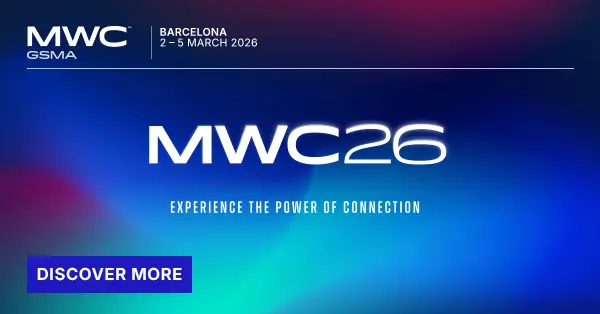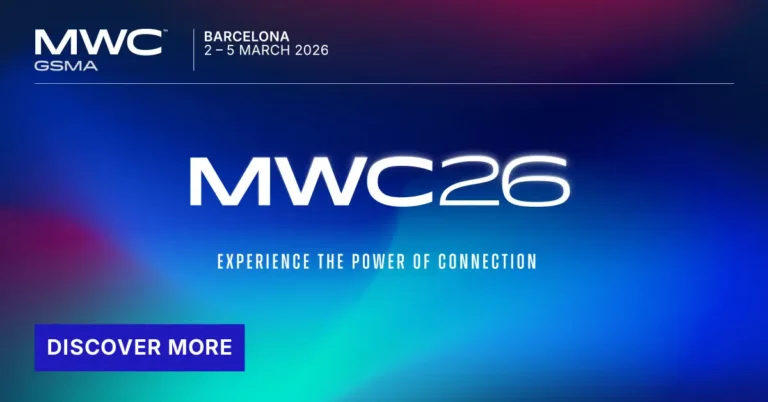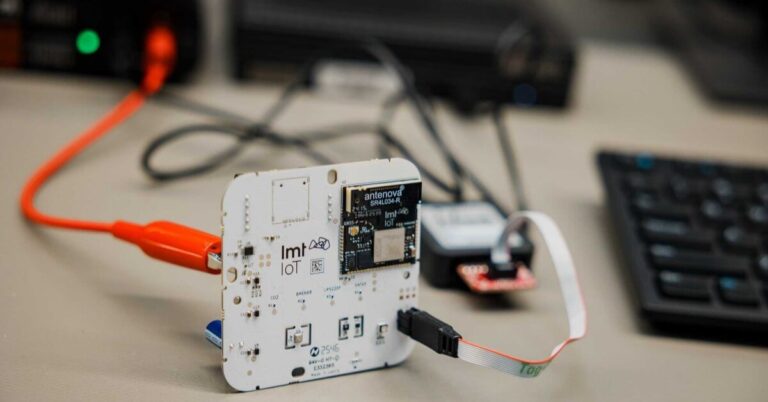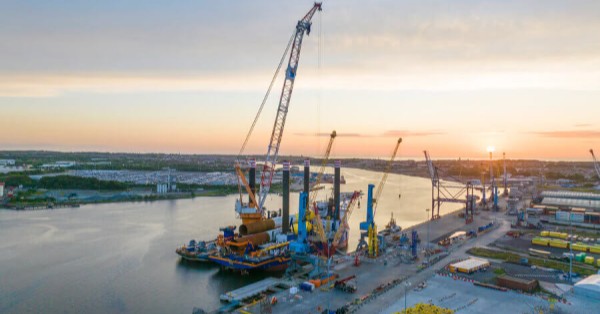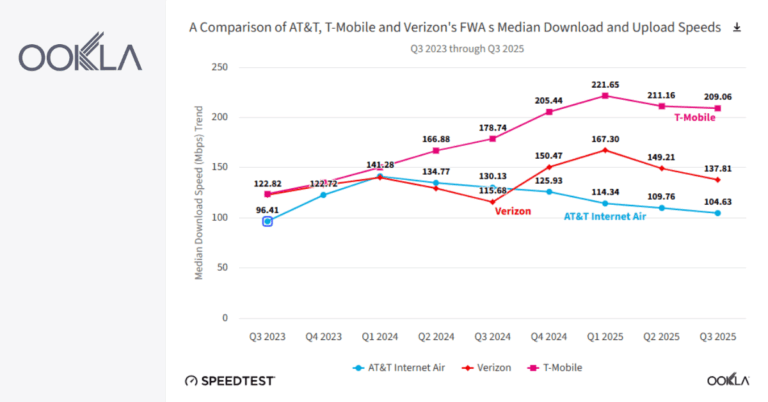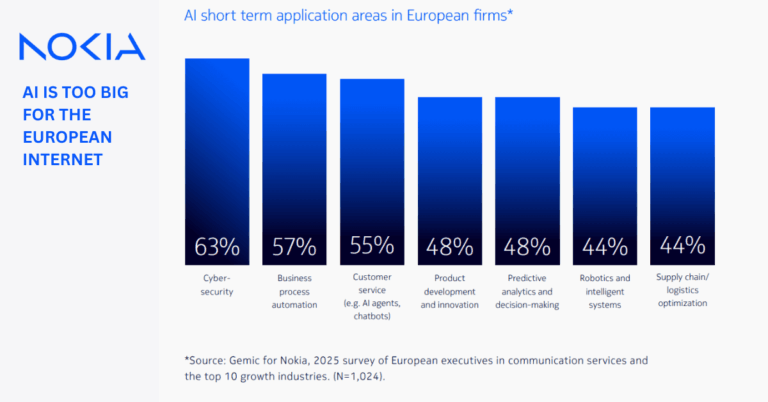Understanding Fixed-Wireless Access (FWA)
In the realm of broadband connectivity, Fixed-Wireless Access (FWA) stands out as a transformative technology. It leverages wireless networks to provide internet connections traditionally serviced by wired technologies. This innovative approach has significantly reduced the barriers to broadband access, especially in challenging environments where laying cables is not viable, both logistically and economically.
The Symbiotic Evolution of 5G and FWA
The rollout of 5G technology has been a boon for FWA, empowering it with unprecedented speeds and low latency. This enhancement is not just a technical upgrade but a paradigm shift, enabling FWA to support a broader range of applications and services. The global user base, which has already embraced millions of 5G FWA connections, is a testament to this successful integration.
FWA’s Regional Growth: A Closer Look at the Middle East
In the Middle East, FWA has made significant inroads, with a rapidly growing user base and an impressive compound annual growth rate. This growth is not incidental but a result of strategic initiatives to transition users from older technologies to more advanced 5G FWA solutions, dovetailing with broader digital transformation goals, such as those outlined in Saudi Vision 2030.
The Development Journey of FWA
The progression of FWA can be categorized into distinct phases. Initially, it served as a stopgap for internet connectivity in areas lacking infrastructure. Subsequently, it became an alternative to retiring copper networks, thanks to its superior performance. Today, FWA is entering a monetization phase, where it’s not just about connectivity but also about delivering a suite of advanced digital services, including immersive gaming and smart home ecosystems.
Monetization of 5G FWA
The monetization strategies for 5G FWA are now more innovative than ever. Operators are not only packaging FWA with traditional internet plans but are also bundling it with cutting-edge services that leverage 5G’s capabilities. This shift is particularly evident in the Middle East, where telecom operators are enhancing their service offerings to capture a larger share of the consumer broadband market.
The Role of Spectrum Efficiency
The success of FWA is intricately linked to the efficient use of the radio spectrum. The 5G FWA Industry Acceleration Initiative focuses on this aspect, aiming to establish FWA as the leading broadband solution. By advocating for economies of scale in CPE production and the strategic use of spectrum, the initiative seeks to drive down costs and improve service quality.
The Diverse FWA Portfolio
Huawei’s introduction of the FWA² solutions represents the diversified nature of FWA offerings in the current market. These solutions cater to various segments, from high-speed demanding users to budget-conscious consumers, to the specialized needs of businesses. Such diversification ensures that FWA can address the unique requirements of different customer bases.
Affordability of CPE Devices
The cost of CPE devices is a critical consideration in the widespread adoption of FWA. With prices approaching the pivotal $100 mark, there’s a clear path to broader acceptance and use, particularly in emerging markets where affordability is a key concern. This price reduction is likely to lead to a surge in 5G FWA adoption globally.
FWA’s Market Potential and Outlook
The future market potential for 5G FWA is robust, with forecasts predicting it to reach tens of billions of dollars in the coming years. This optimism is based on FWA’s capability to deliver high-speed broadband to under-served areas, supplanting older, more expensive infrastructures. As such, it represents not just a technological leap but a means to bridge the digital divide.
FWA’s Role in 5G Adoption
FWA is not merely an adjunct to 5G; it’s a primary driver of its adoption. By providing a practical and immediate use case for 5G networks, FWA helps justify the investment in 5G infrastructure. It serves as a showcase for the capabilities of 5G, encouraging both consumers and businesses to invest in and utilize this next-generation network.
Challenges and Opportunities Ahead
While FWA presents numerous opportunities, there are challenges to be navigated. Spectrum allocation, CPE affordability, and ensuring a seamless user experience are areas requiring ongoing attention. Operators and industry stakeholders must continue to innovate and collaborate to address these challenges and unlock the full potential of FWA.
Conclusion: FWA as the Vanguard of 5G Growth
FWA is at the forefront of 5G’s rapid expansion. Its ability to provide high-speed internet access with relative ease and lower costs is revolutionizing connectivity, especially in areas previously constrained by geography or economics. As we look to the future, FWA stands poised not only as a growth engine for 5G but as a key enabler of global digital inclusivity, driving both economic growth and societal advancement.












